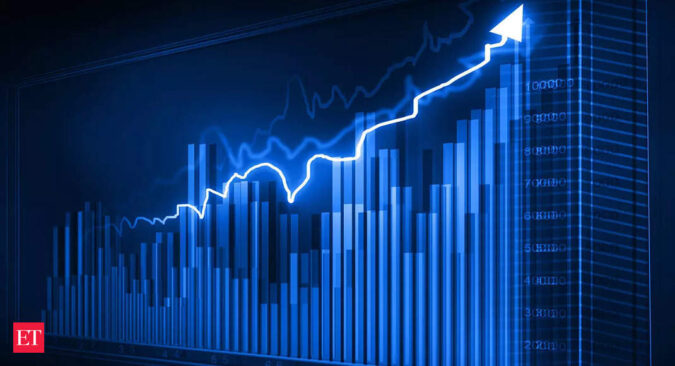Gross domestic product (GDP) growth in the last quarter slipped to an annual 4.6%, according to the median forecast of 42 economists in the Feb. 10-24 survey.
The economy had expanded 13.5% in April-June — boosted largely because of pandemic-related statistical distortions — before moderating to 6.3% in July-September.
The monthly survey also showed growth in Asia’s third-largest economy was expected to slow further to 4.4% in the current quarter, and across 2023/24 would average 6.0%, lower than the 6.5% official government estimate published on Jan. 31.
Forecasts for the October-December data, due on Feb. 28, ranged widely, from 4.0% to 5.8%. However, all survey respondents predicted growth to be lower than the previous quarter and three-quarters of respondents forecast growth below 5.0%.
“There are base effects that are normalizing and pulling down the annual numbers. The support from agriculture might be lower and also manufacturing could be a drag,” said Sakshi Gupta, principal economist at HDFC Bank.
She added that on the demand side, exports and consumer demand were likely to have contributed to the slowdown, while investments held steady.”Inflation is continuing to remain very high and interest rates are increasing. Pent-up demand has also started moderating,” said Gupta.
The Reserve Bank of India has raised interest rates by a cumulative 250 basis points since last May to tackle inflation, and is likely to do so again in April. Those past moves are expected to have a lagged effect on consumption and economic growth.
External demand is also likely to moderate as major central banks around the world continue raising rates.
“We expect growth for the domestic economy to hold up, but a greater-than-anticipated spillover impact from weak global conditions…may have more pronounced implications for domestic growth in the near term,” noted Upasana Chachra, chief India economist at Morgan Stanley.
